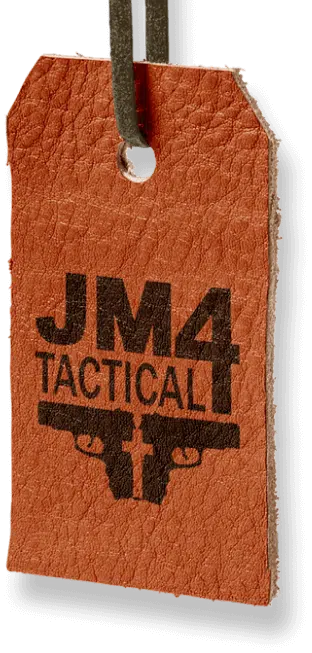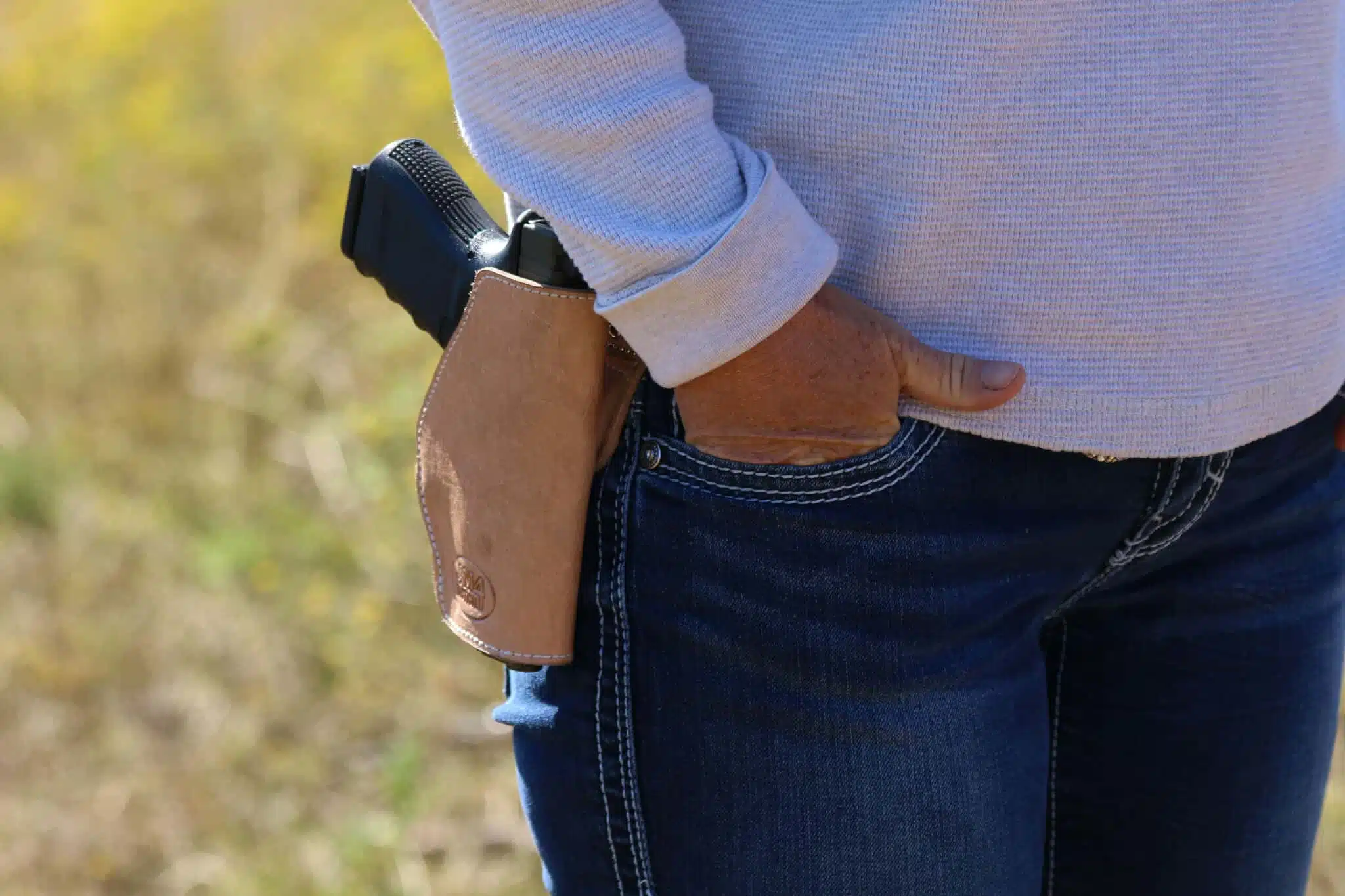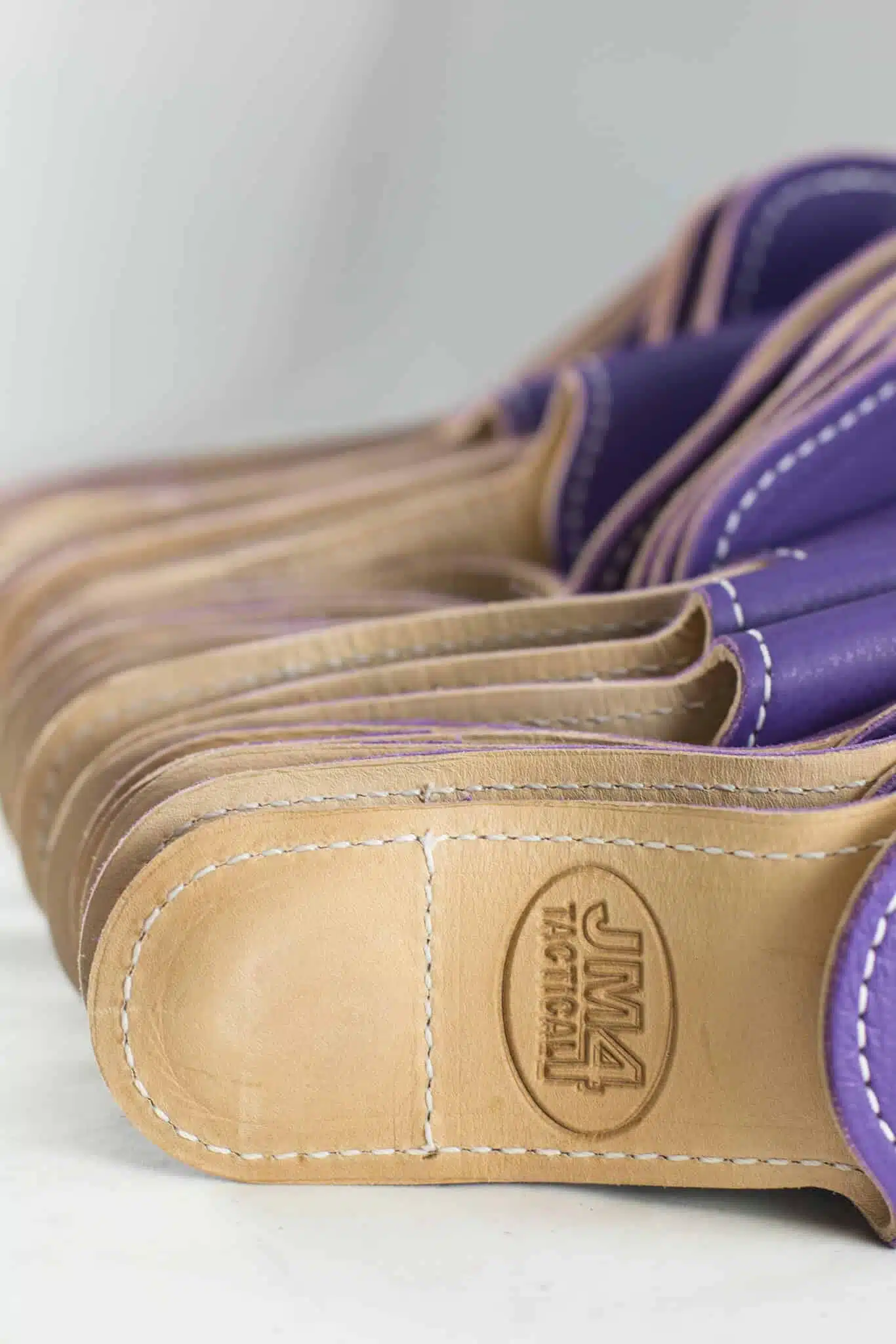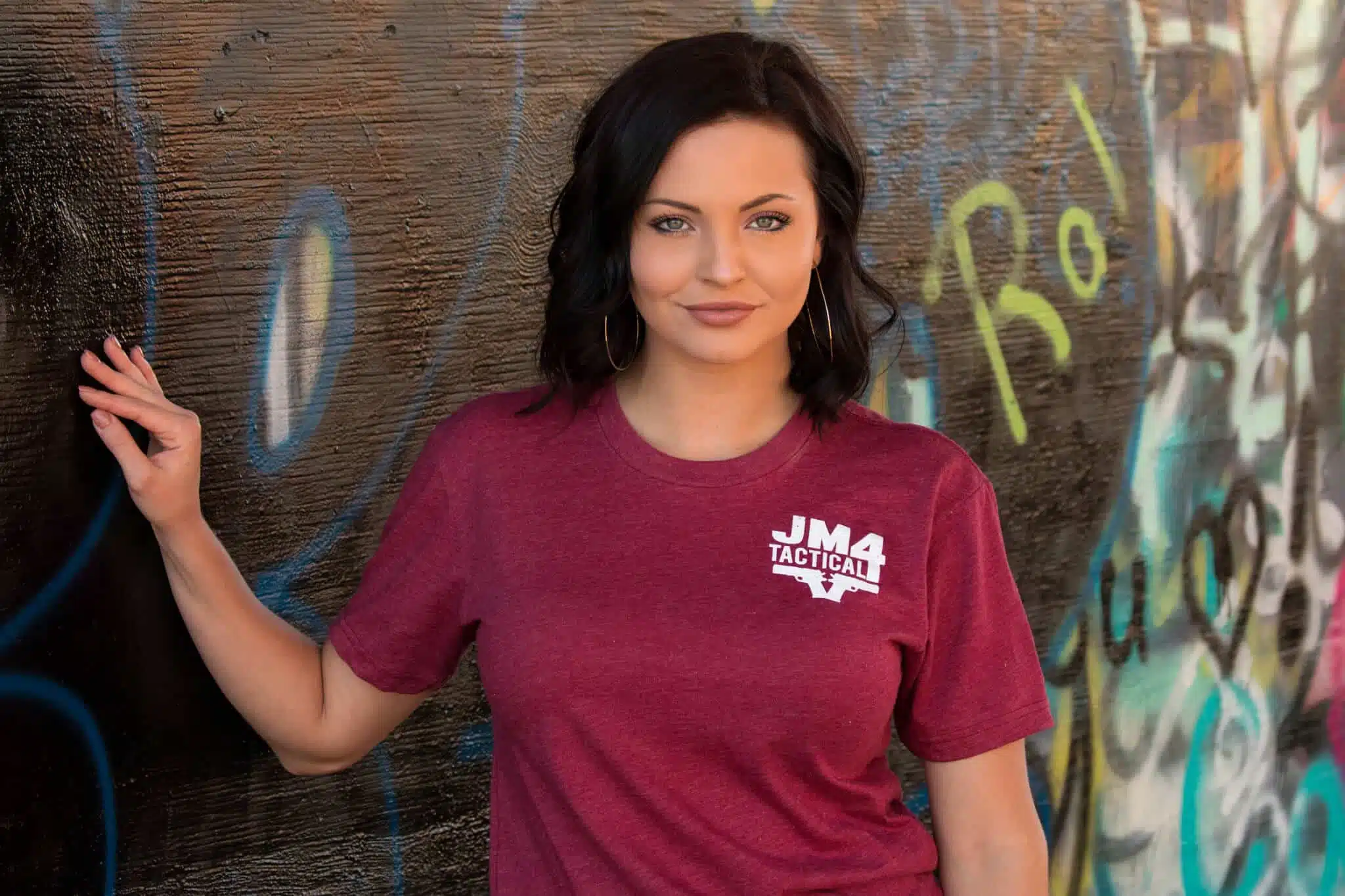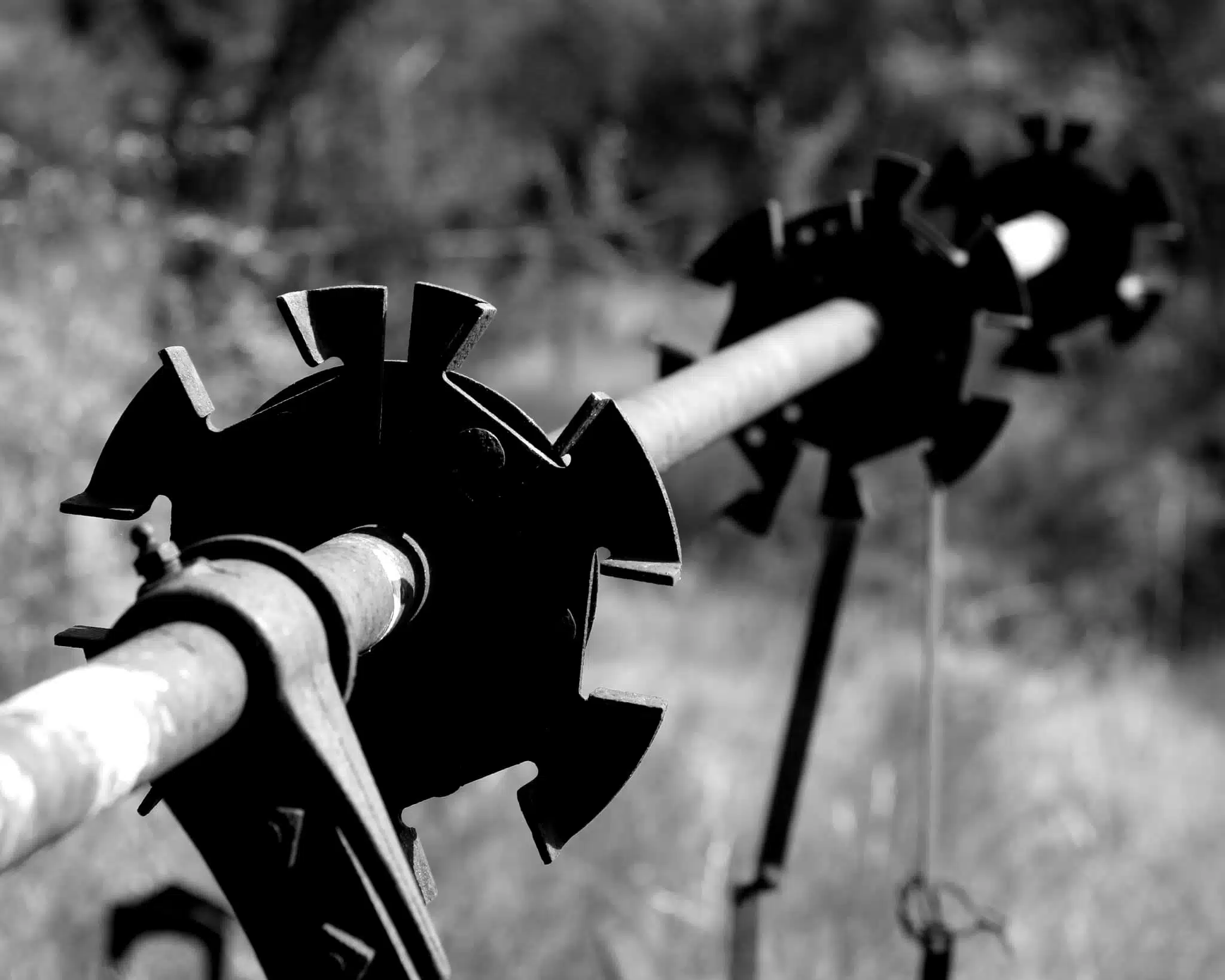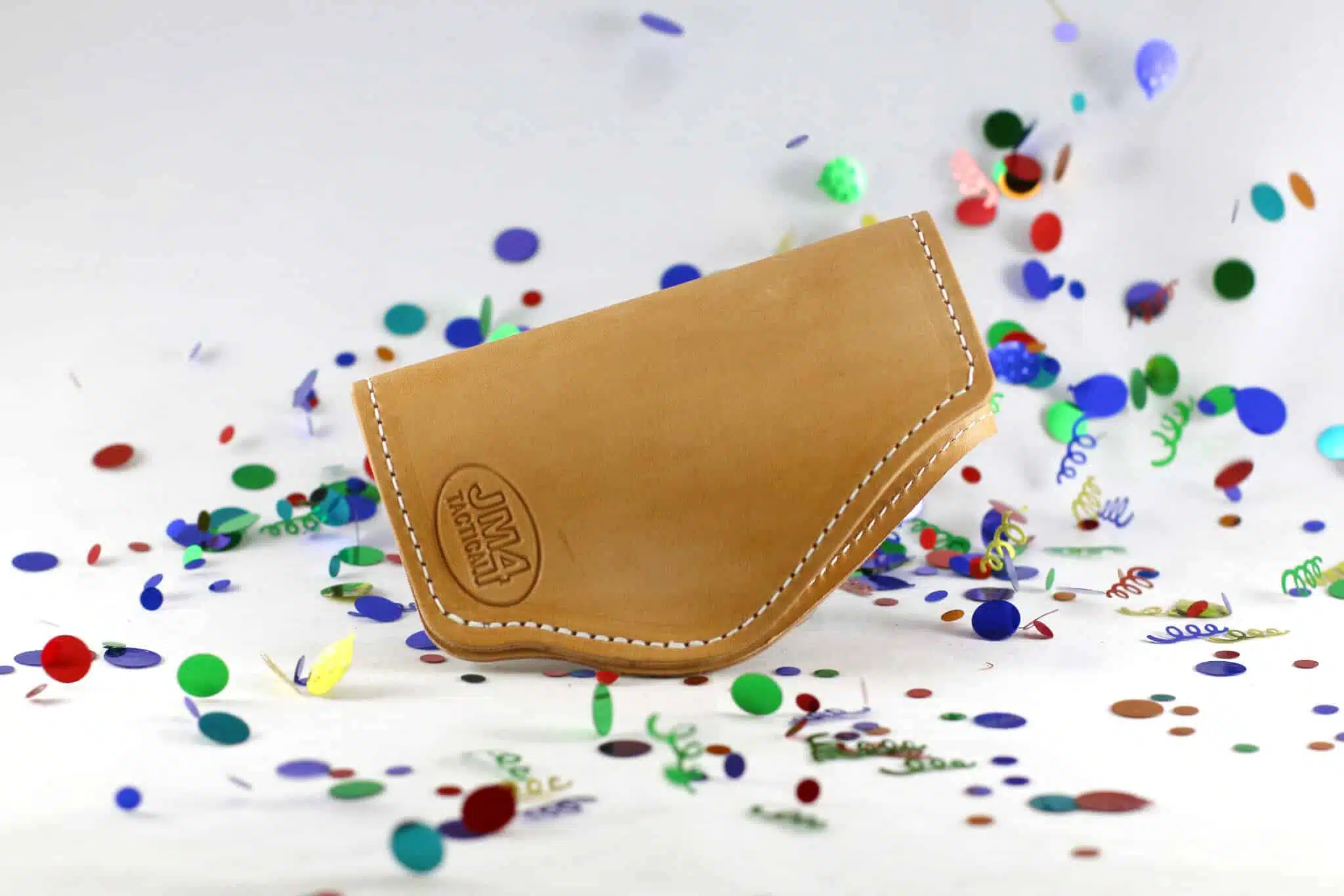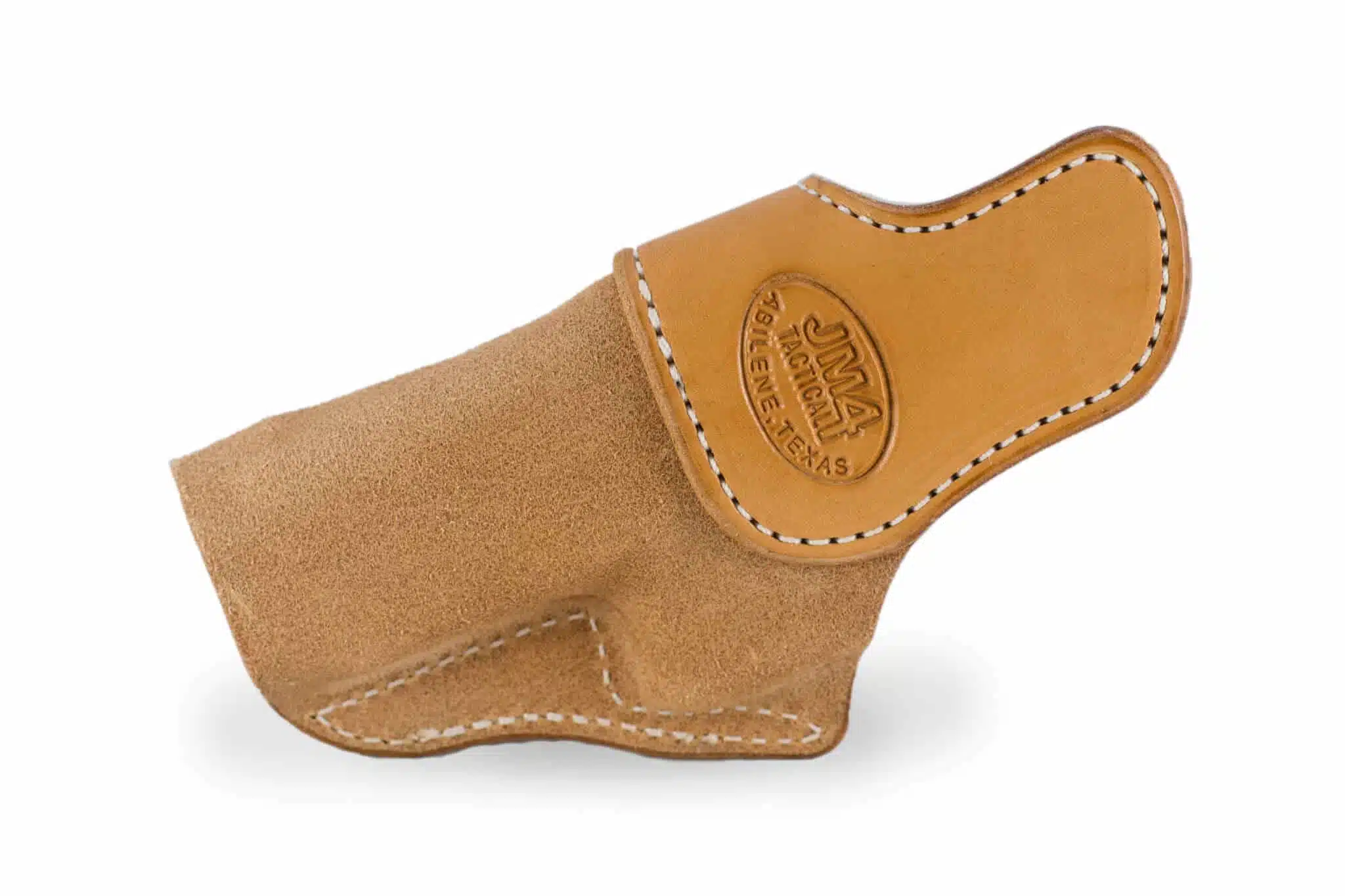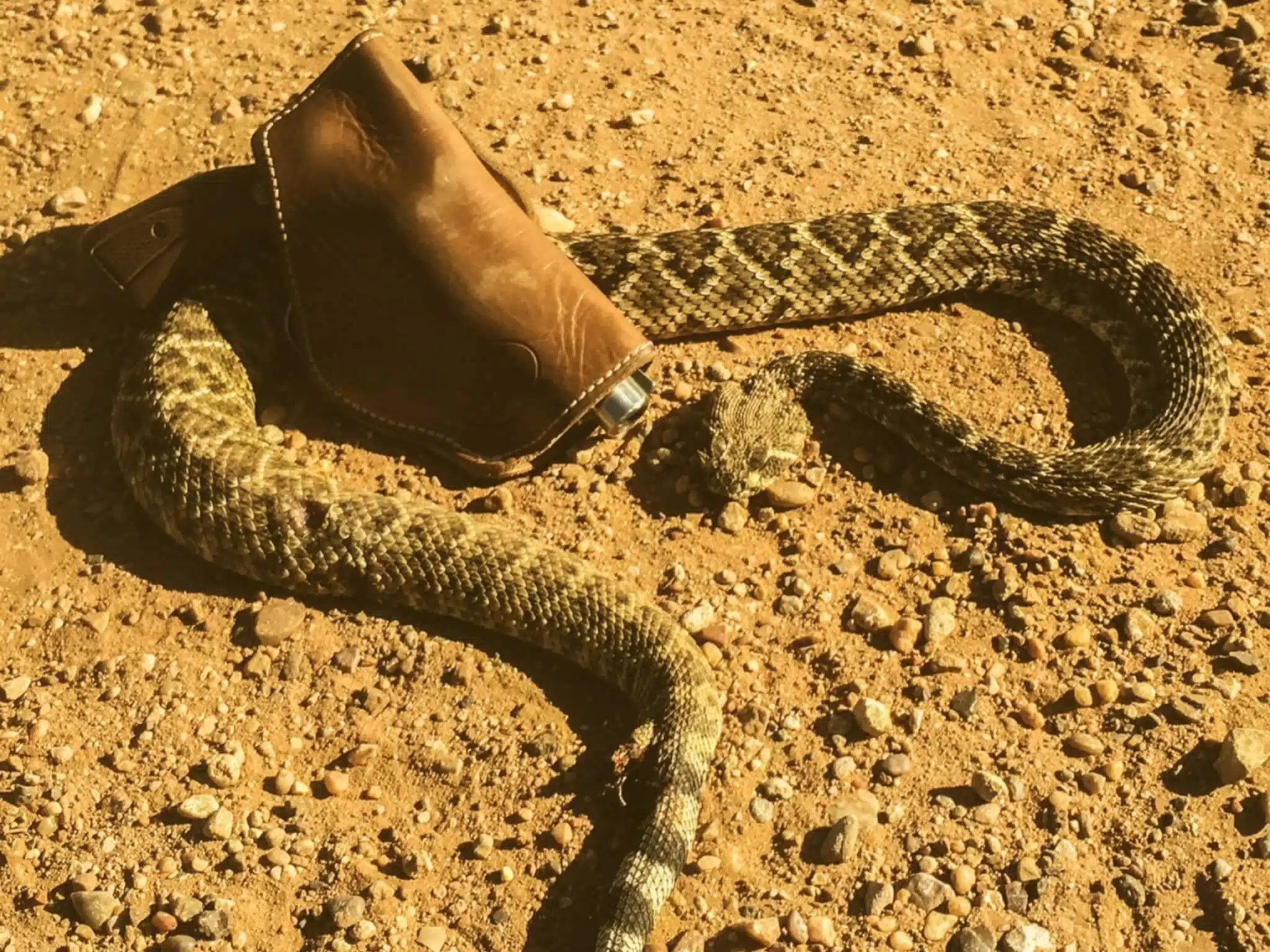Proper Hearing Protection At The Range
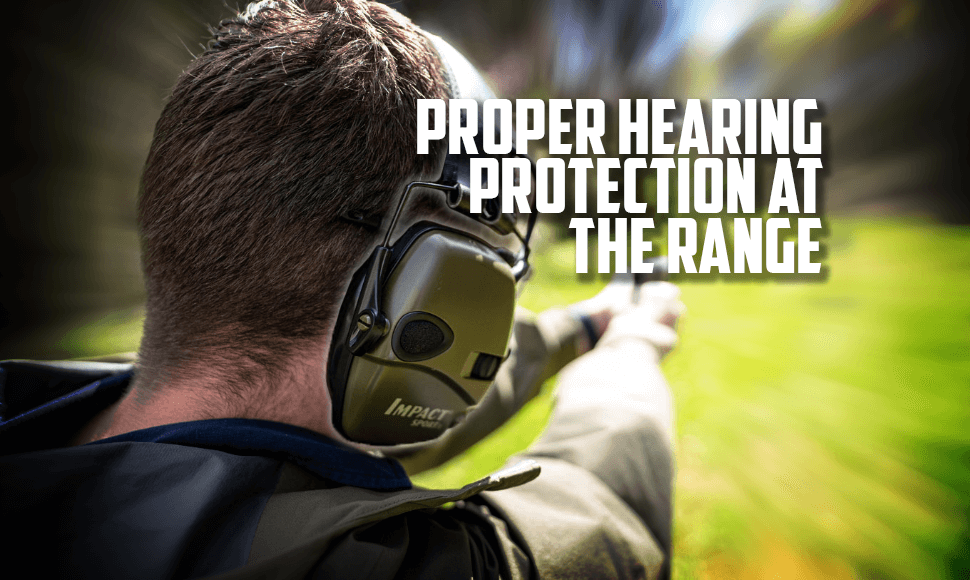
Our human senses are some of the most valuable things that we have. Our hearing accounts for 13% of all the information we take in. This sense needs to be protected when engaged in shooting activities. We’re going to explore hearing protection in this article.
Firearms are loud. How loud are they? To answer that question, we need to be able to look at things in the proper context. Sound is measured in units called decibels (dB). A decibel can describe other forms of energy, and the name derives from “Deci” meaning one-tenth and “bel”, an homage to Alexander Graham Bell. The scale is not a linear one but rather a logarithmic one. For example, everyday conversational speech is rated around 60 dB. A sound that is 70 dB is not ten units more, but instead 70 dB is ten times louder than 60 dB.
This difference can get confusing quickly, but these details are essential for protecting your hearing. A noise over 120 dB can cause hearing damage. Where does that put the sound of a gunshot? Gunshots can be upwards of 140 dB, and from what we learned is 100 times louder than 120 dB, the level at which instant damage can be caused to your hearing. The 140 dB number is 100,000,000 x’s louder than everyday speech. Protecting our hearing is a must!
Hearing protection comes in two forms: plugs, which can be disposable and are inserted in the ear, and muffs that cover the ears. Looking at the different forms of protection on the market, disposable plugs, depending on the type, will generally offer more protection than muffs. There is also electronically enhanced hearing protection on the market that will amplify surrounding sound and then cut off the speaker when a gunshot is detected.
Hearing protection is rated by something called the noise reduction rating (NRR). The NRR of most over-the-ear muffs are rated to be in the low 20’s and in the earplugs can top out around 33. I’m always on the lookout for hearing protection that can beat these numbers – but that do so honestly to the standards set forth by The National Institute for Occupational Safety and Health.
How NRR “lowers” the received sound waves are not straightforward. There are several different formulas out there to figure out what effect particular hearing protection will have. The different formulas consider how a set of protection will fit an individual. Your hearing protection may perform better (or worse) than what this equation gives you, but these calculations were based on being conservative. The Occupational Safety & Health Administration (OSHA) recommends using this formula:
Estimated Exposure in dB = Noise in dB – [(NRR – 7) x 50%]
Pulling from what we know, let’s plug some numbers in for 33
NRR plugs and a 140 dB gunshot.
Estimated Exposure in dB = 140 dB – [(33 -7) x 50%]
Estimated Exposure in dB = 140 dB – [26 x 50%]
Estimated Exposure in dB = 140 dB – [13]
Estimated Exposure in dB = 127 dB
This 127 dB level is still above the damage threshold, seemingly not by much, but nearly ten times louder. These are things that you need to consider when purchasing hearing protection.
What else can you do to protect your hearing further? Well, you can always double it up. What if you decide to use the 33 NRR plugs along with a set of muffs that are rated at 22 NRR? To figure out the net effect requires yet another equation. OSHA recommends using this formula:
Estimated Exposure in dB = Noise in dB – {[(NRR – 7) x 50%] + 5}
Where the NRR is going to be that of the higher of the two types of protections. In our scenario, that would be 33. The + 5 accounts for a secondary form of protection which is the lesser value. Let’s crunch the numbers:
Estimated Exposure in dB = 140 dB – {[(33 – 7) x 50%] + 5}
Estimated Exposure in dB = 140 dB – {[26 x 50%] + 5}
Estimated Exposure in dB = 140 dB – {13 + 5}
Estimated Exposure in dB = 140 dB – {18}
Estimated Exposure in dB = 122 dB
Doubling up on hearing protection will give you a bit of a boost to your level of protection.
The intricacies of hearing protection and noise levels go much deeper than this. This information is just a tiny fillet of what goes into using and selecting what type of device you should or may want to use. Other things such as time-weighted average (TWA), the decibel of noise over a certain amount of time exposure, and how it affects your hearing also need to be understood. According to OSHA, being exposed to a 90 dB noise for over 8 hours can also damage your hearing.
TWA chart can be found here: 1910.95 – Occupational noise exposure.
From the chart, we have these values:
| Time | dB |
| 8 hours | 90 |
| 6 hours | 92 |
| 4 hours | 90 |
| 3 hours | 97 |
| 2 hours | 100 |
| 1 hour | 105 |
| 30 minutes | 110 |
| 15 minutes (or less) | 115 |
Our 127 dB noise exposure doesn’t even come in on the chart. If we follow the trend, can we
tolerate 120 dB for seven and a half minutes? Further 125 dB for 3 minutes and 45 seconds? And finally, 130 dB for 1.875 minutes? Can we trust that? Consider a gunshot would last maybe 150 milliseconds.
Your hearing is precious and valuable. Once damaged, it cannot be repaired. In many instances, hearing damage may take years to manifest itself. The point being, this is how important it is that you do wear some form of protection. What you decide to wear, or use is going to be up to you. Comfort is essential, as is the level of protection offered. Read the information on the packaging for any commercially available hearing protection to make sure they are appropriately rated. You hunters out there, pay heed to this as well. With different types of enhanced and amplified protective devices out there on the market, there is no excuse to go out into the field unprotected!
I recently had the opportunity to discuss hearing protection with Amanda Suffecool and Rob Campbell on an episode of Eye On The Target Radio.
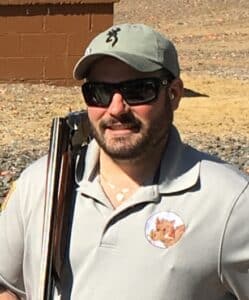
John Petrolino is a US Merchant Marine Officer, writer, author of “Decoding Firearms: An Easy to Read Guide on General Gun Safety & Use” and USCCA certified instructor, NRA certified pistol, rifle, and shotgun instructor living under and working to change New Jersey’s draconian and unconstitutional gun laws. You can find him on the web at www.johnpetrolino.com on Twitter at @johnpetrolino and on Instagram @jpetrolinoiii
